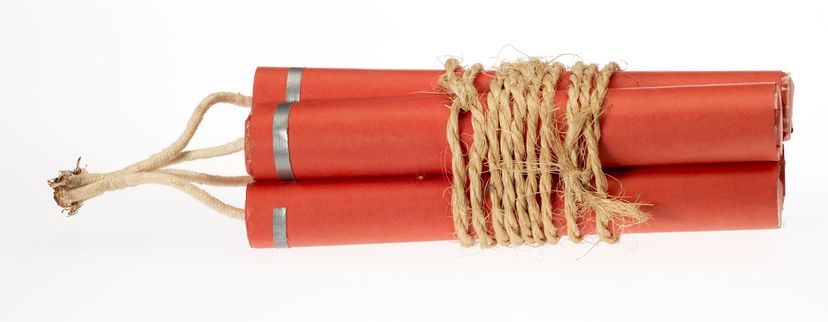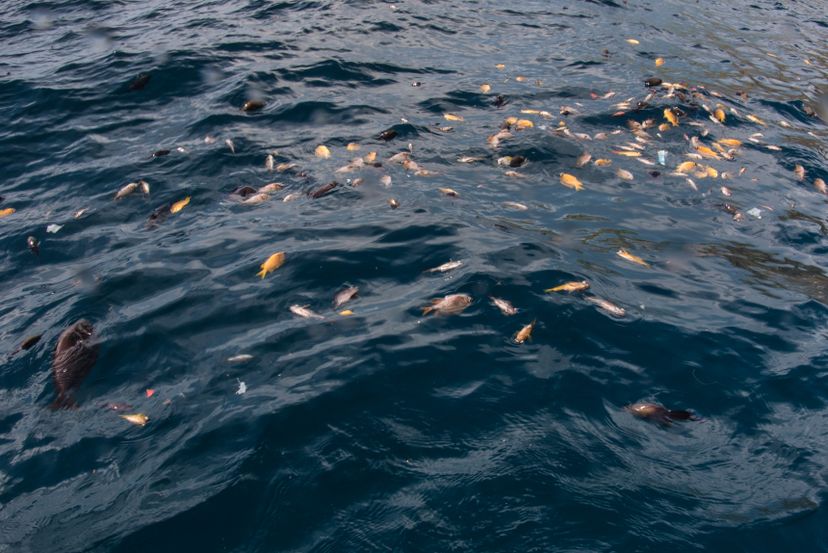
Dynamite, a high explosive combining nitroglycerin with an absorbent medium such as wood pulp or diatomaceous earth, revolutionized construction and mining. Dynamite is one example of a chemical explosive, or anything that, once ignited, burns extremely rapidly and produces a large amount of hot gas in the process. The hot gas expands very rapidly and applies pressure.
Other explosives that you commonly hear about are nitroglycerin and TNT, but anything from gasoline to ammonium nitrate mixed with other substances to special plastic explosives are in the same class.
Advertisement
